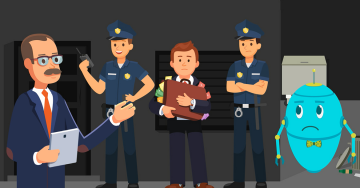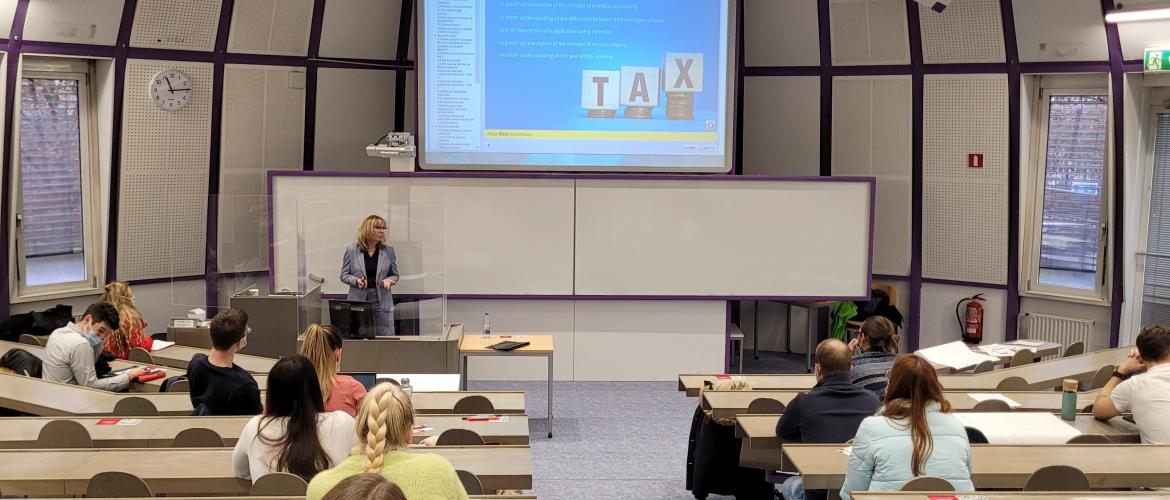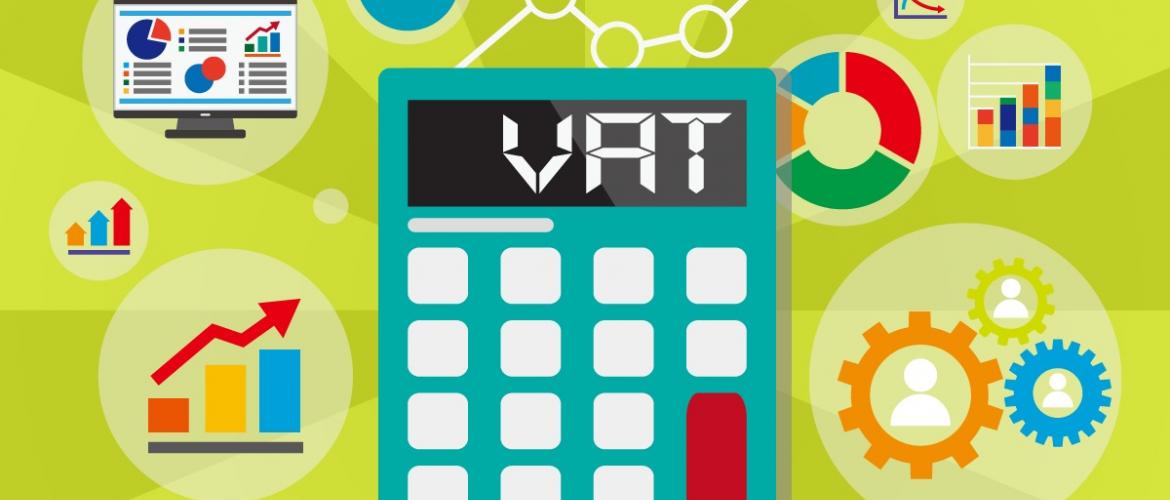Resources

The clip introduces the concepts of tax and taxation to the young audience with the help of a robot from…

The activity aims at helping students spotting the benefits of paying taxes, introducing examples of early…

The activity aims at helping students understand who has the responsibility of paying taxes nowadays and…

This clip presents the role of the tax authorities in each Member State and how tax revenue is converted into…

This clip explains the many ways in which taxes help improve the lives of children and those who care for…

The activity aims at helping students understand what are the disadvantages and consequences of not paying…





